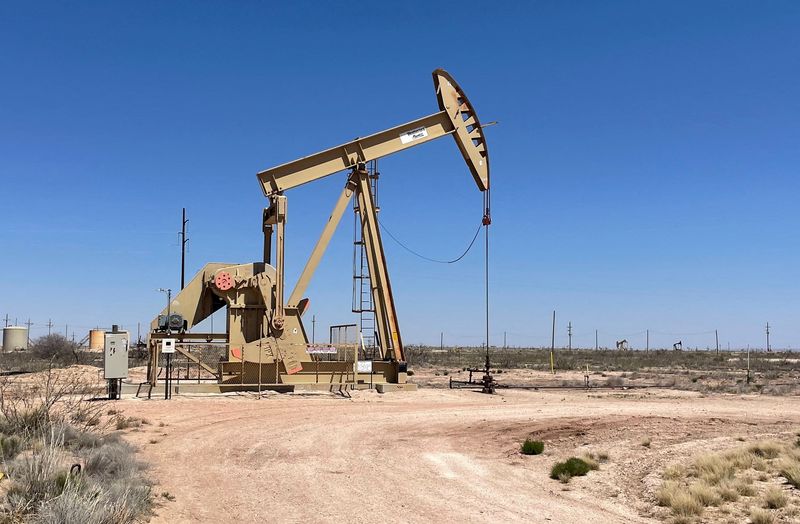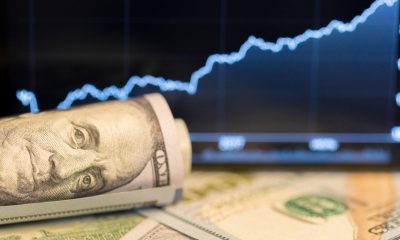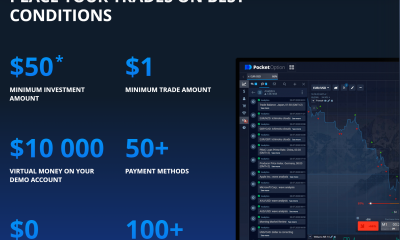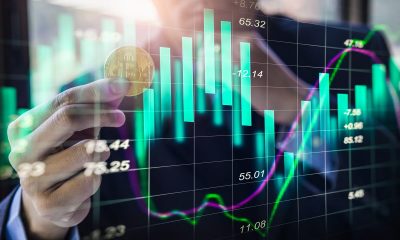Commodities
UBS sees near 20% upside potential in silver prices over the next year
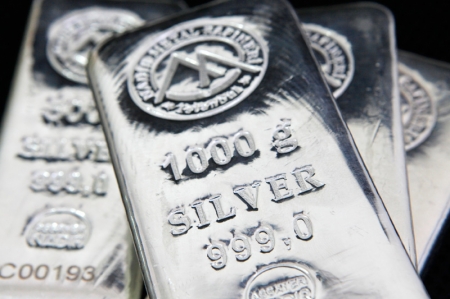
Investing.com — continues to shine as an attractive asset for investors, driven by a mix of favorable macroeconomic factors.
As per analysts at UBS, silver prices could see a significant rally, with a potential upside of nearly 20% over the next 12 months.
The report mentions a combination of monetary easing, industrial demand recovery, and growing investor interest through ETFs as key factors that could propel prices higher.
Currently, silver is hovering around USD 32/oz, supported by global monetary policy easing and a weaker US dollar.
The recent decision by the Federal Reserve to cut rates by 50 basis points has instilled confidence in the markets that real rates will decline further.
This environment of lower real rates is expected to bolster economic growth and fuel industrial demand for silver, which plays a critical role in sectors such as electronics, renewable energy, and medical technology.
At the same time, the weakening of the US dollar, a common consequence of falling rates, typically supports higher silver prices.
UBS forecasts that these dynamics will push silver to new highs, potentially reaching $36-38/oz by next year.
In addition to the influence of central banks, the broader recovery in global manufacturing is set to boost the demand for silver.
As production picks up across various industries, the need for silver in industrial applications will likely increase, adding further upward pressure on prices.
UBS notes that this rebound in manufacturing activity, combined with a more favorable interest rate environment, could lead to greater inflows into silver-focused exchange-traded funds.
China’s economic policies are another critical factor in the bullish outlook for silver. The Chinese government has implemented a range of stimulus measures aimed at reviving its economy, which has been under strain in recent years.
Given that China is one of the world’s largest consumers of silver, particularly for industrial use, these policies could provide a strong tailwind for silver prices.
UBS believes that if these measures are successfully implemented and followed up with additional initiatives, they could significantly bolster demand for commodities like silver.
While silver has traded within a $26-32/oz range since the second quarter of this year, UBS expects this sideways movement to give way to a broader uptrend.
The strategists foresee silver breaking out of this range and embarking on a more sustained rally, with a target price of $36-38/oz. The combination of rate cuts, monetary easing, and rising industrial demand sets the stage for silver to achieve these higher levels.
However, the analysts also caution that several risks could challenge their bullish outlook. One key risk is that the market has already priced in many of the expected rate cuts from the Federal Reserve.
Any unexpectedly strong economic data, such as a positive payroll report, could temporarily strengthen the US dollar, putting downward pressure on silver prices.
Additionally, while China has introduced numerous stimulus measures, not all have been successful in sparking a meaningful economic recovery.
If consumer demand in China does not pick up, the rally in silver and other commodities could lose momentum.
Furthermore, speculative positions in silver futures remain elevated, and a lack of positive news could prompt a pullback in these positions, dampening silver’s short-term prospects.
“For investors who are less confident of a rally in silver prices, we believe selling the downside for a yield pickup offers an alternative avenue to take silver exposure,” the analysts said.
Commodities
Oil prices rise; U.S. crude inventories plunge, Russia-Ukraine truce eyed
Commodities
India’s Reliance to stop buying Venezuelan oil over US tariffs, sources say
Commodities
Oil prices climb on Venezuela supply worries

 Forex3 years ago
Forex3 years agoForex Today: the dollar is gaining strength amid gloomy sentiment at the start of the Fed’s week

 Forex3 years ago
Forex3 years agoUnbiased review of Pocket Option broker

 Forex3 years ago
Forex3 years agoDollar to pound sterling exchange rate today: Pound plummeted to its lowest since 1985

 Forex3 years ago
Forex3 years agoHow is the Australian dollar doing today?

 Cryptocurrency3 years ago
Cryptocurrency3 years agoWhat happened in the crypto market – current events today

 World3 years ago
World3 years agoWhy are modern video games an art form?

 Commodities3 years ago
Commodities3 years agoCopper continues to fall in price on expectations of lower demand in China

 Economy3 years ago
Economy3 years agoCrude oil tankers double in price due to EU anti-Russian sanctions


